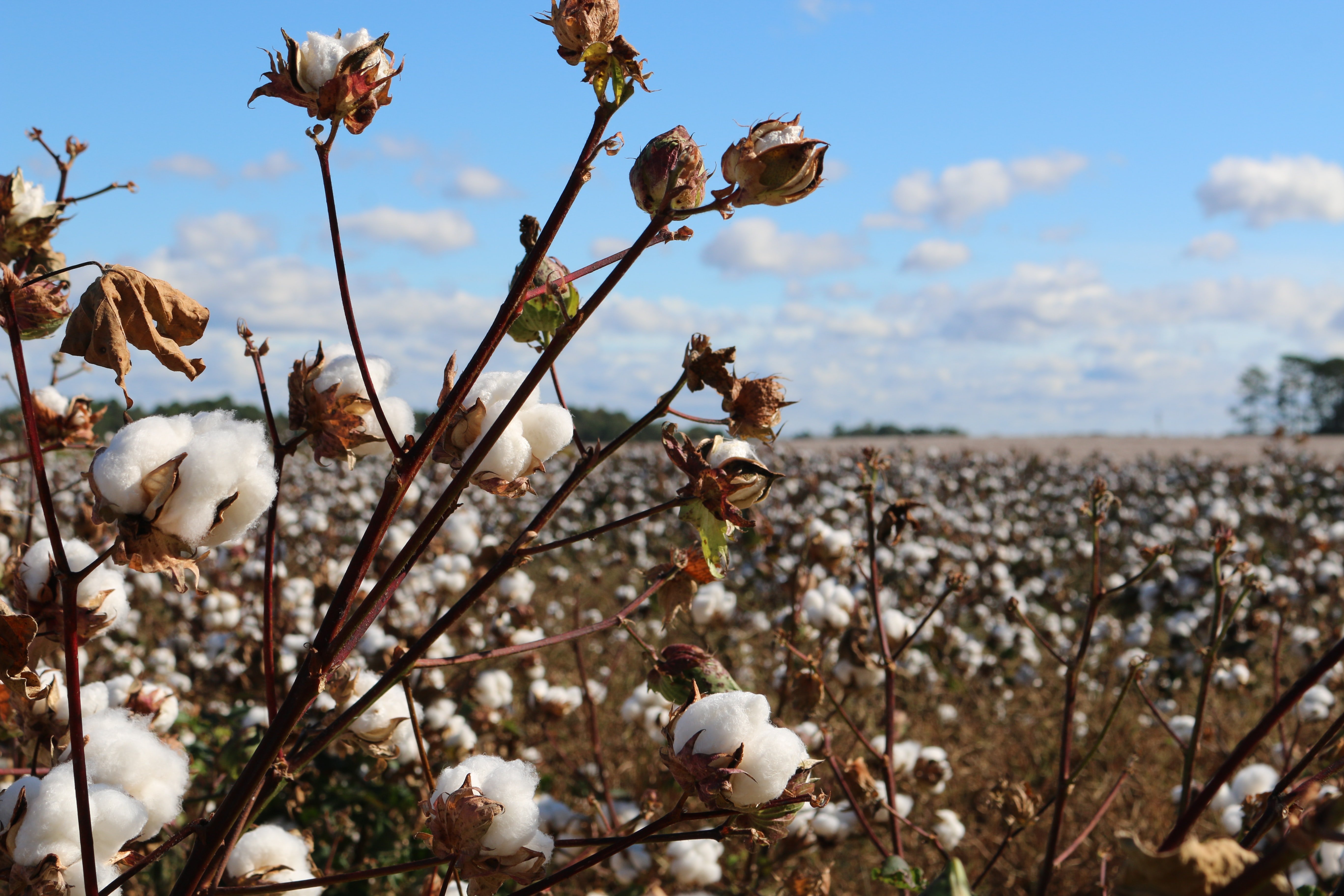The large pieces of plastic — tires, flip flops, hair dryers — floating in massive gyres in the ocean account for less than 1% of all marine plastic pollution.
The rest is invisible to the human eye, tiny microplastic and nanoplastic particles drifting throughout water columns and densely piling up on the seafloor.
Microplastic contaminates more than the ocean. It’s carried by wind currents, filling our lungs when we breathe. It enters sources of freshwater and even contaminates the food we eat. The health impact of tiny bits of plastic gathering in the lungs, liver, and brain is unknown, but it’s almost certainly not good.
Stopping the spread of microplastic pollution begins with holding the companies who make and use plastic accountable. That will probably require government action because companies show no signs of slowing down their plastic production.
In the meantime, there are small things you can do in your own life to limit microplastic pollution.
Here are five concrete ways to reduce your microplastic footprint.
1. Change how you do laundry

You probably have a lot of clothes that are partly made of plastic — think of a polyester t-shirt or yoga pants — because it’s a cheap and versatile material for manufacturers. But clothing made from plastic is one of the biggest sources of microplastic pollution in the world.
And most of this pollution comes from doing laundry. In fact, a single load of laundry can release more than 1 million microplastic fibers into the environment through both the wastewater generated by washing machines and the exhaust from dryers.
You can install a filter in your washing machine that catches microplastics. You can also run your machines on a lower setting so that the clothes aren’t thrown around with as much force, which is what causes fibers to separate and pull away.
It’s old-fashioned, but you can also try to wash your clothes by hand and then hang them up to dry, a habit that would significantly reduce the microplastic impact of your wardrobe.
2. Buy clothes made from natural materials

Now that you know the contents of your dresser contain plastic, it’s time to think more carefully about the clothes you buy in the future. Instead of settling for garments made out of plastic, seek out brands that only use natural materials such as cotton, silk, wool, hemp, and linen.
The risk of microplastic pollution goes down to zero if you only own clothes made from natural materials.
3. Stop using single-use plastics

Pretty much all plastic eventually breaks down into microplastics over time. As a result, cutting down on the plastic you use in your everyday life can make a big difference.
There are some simple things you can do to reduce your interaction with plastic, such as buying a reusable water bottle, tote bags for groceries, and multi-use straws. You can also buy fresh food and bulk items at the grocery store to avoid plastic packaging.
When possible, shop local rather than through delivery services like Amazon that use a lot of plastic for packaging. If you’re really ambitious, you can try to find a zero-waste grocery store that makes it easier to eliminate plastic from your daily life.
4. Use public transportation

Car tires are a major source of microplastic. As cars rack up miles on the highway, friction from the road causes tires to break down and shed plastic particles that then accumulate in the air. In cities that have heavy traffic, this leads to a phenomenon known as “city dust” — clouds of plastic debris and other particles.
By using public transportation instead of a personal car, you can limit the overall amount of tire erosion and plastic pollution.
5. Buy plastic-free cosmetics

Personal care products often include plastic components. Lotions and skin creams, for instance, often include plastic to promote absorption, while toothpastes and exfoliators often contain microbeads. Most of these products also come in small plastic containers that are hard to recycle and often get disposed of in harmful ways.
There are a lot of brands competing to win over sustainability-minded consumers that have phased out plastic components and have invested in alternative types of packaging. Do a little research next time you need to re-up on beauty products to make sure you’re not adding to the trillions of microplastics in the world.